Now that our time in Laos has come to a close, we are happy to review the country and our brief time spent in it (just 13 days). We really enjoyed our time in Laos and if we didn’t already have a flight booked to Kuala Lumpur, we would have definitely stayed longer. If you noticed that we haven’t posted our thoughts on Thailand, our reason is that we plan to return to southern Thailand later in our trip, so stay tuned for a review post!
The Good
Natural beauty and opportunity for outdoor adventures
Laos has a beautiful hilly terrain interspersed with lush valleys, meadows, and winding rivers. All of our travel in Laos was pleasant because of the natural scenery. We took the slow boat from Thailand to Luang Prabang and thus were on the Mekong river for 2 days; it was a really nice way to travel! The drive from Luang Prabang to Vang Vieng was even more scenic.
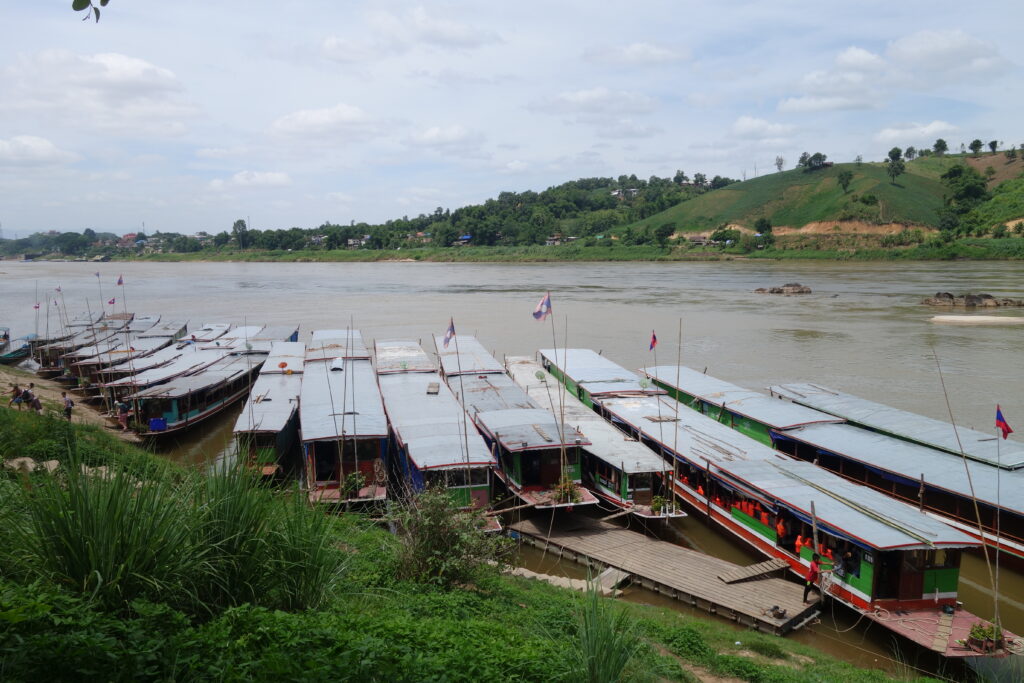
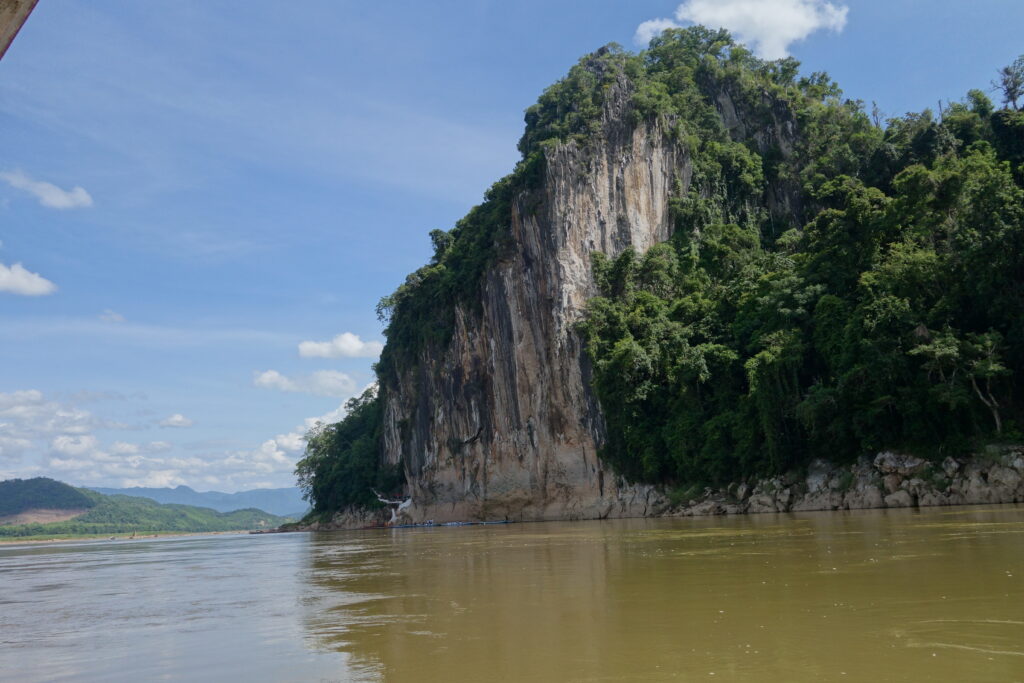
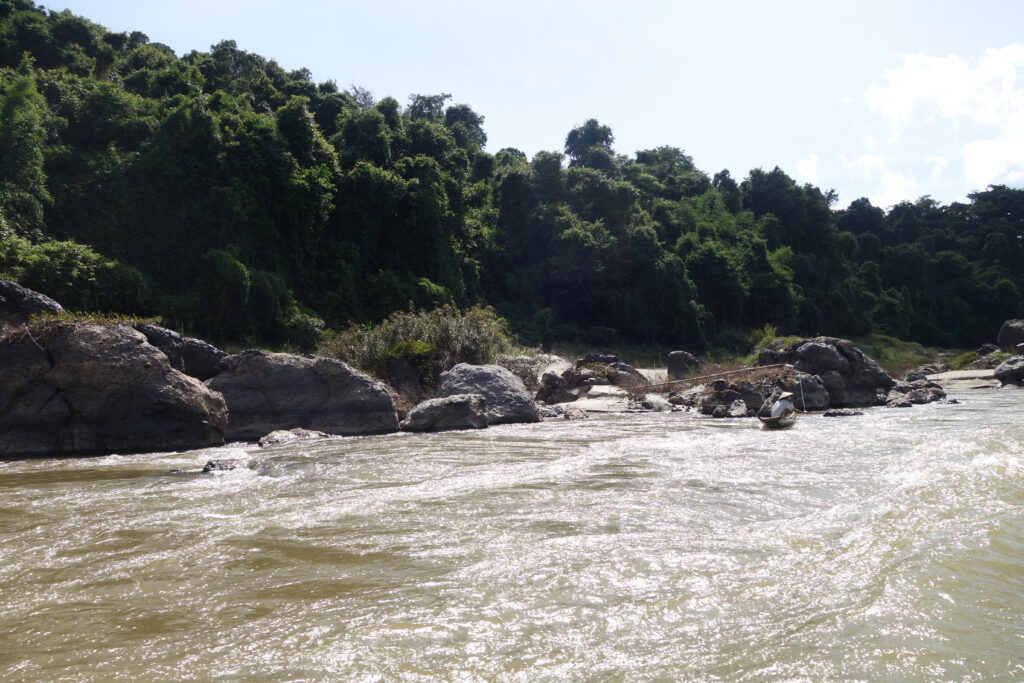
In Vang Vieng we took advantage of the outdoor activity infrastructure and went hiking, rock climbing, and kayaking.
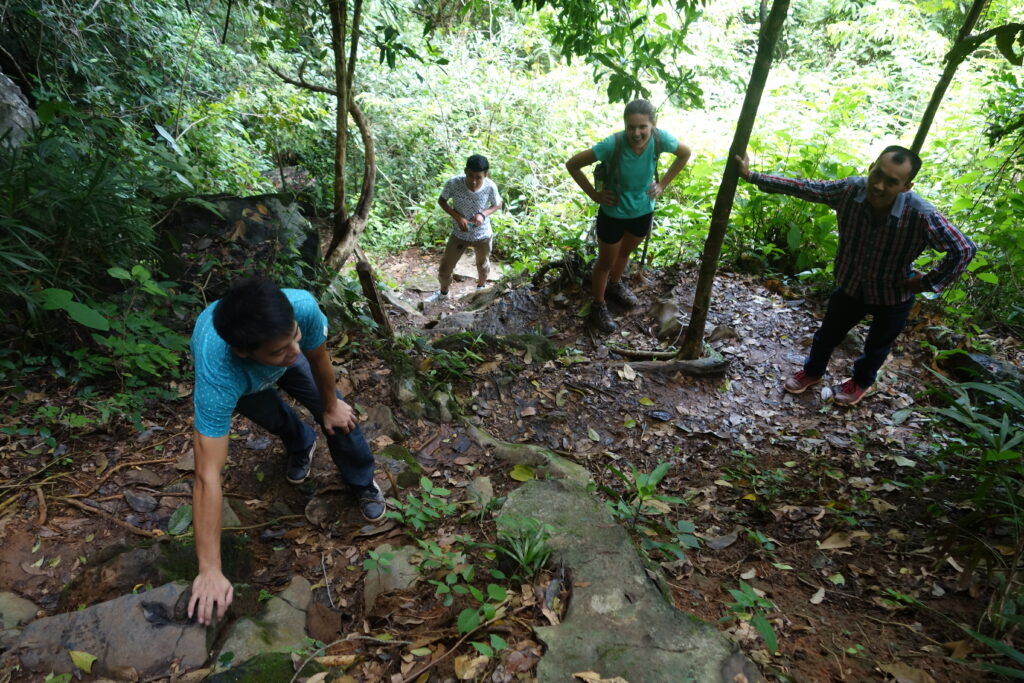
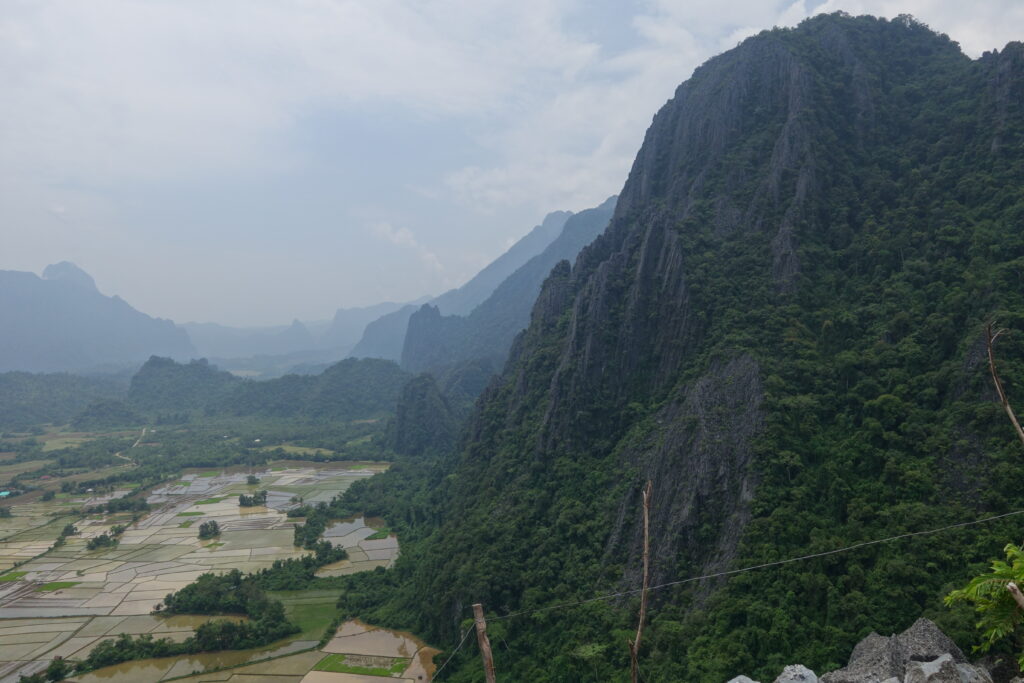
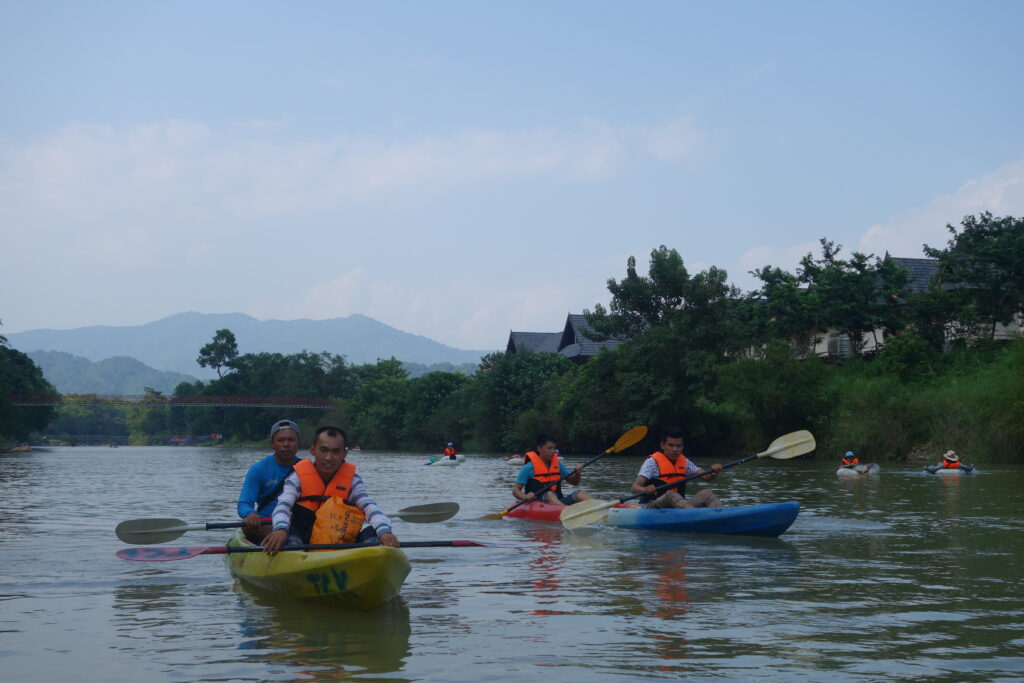
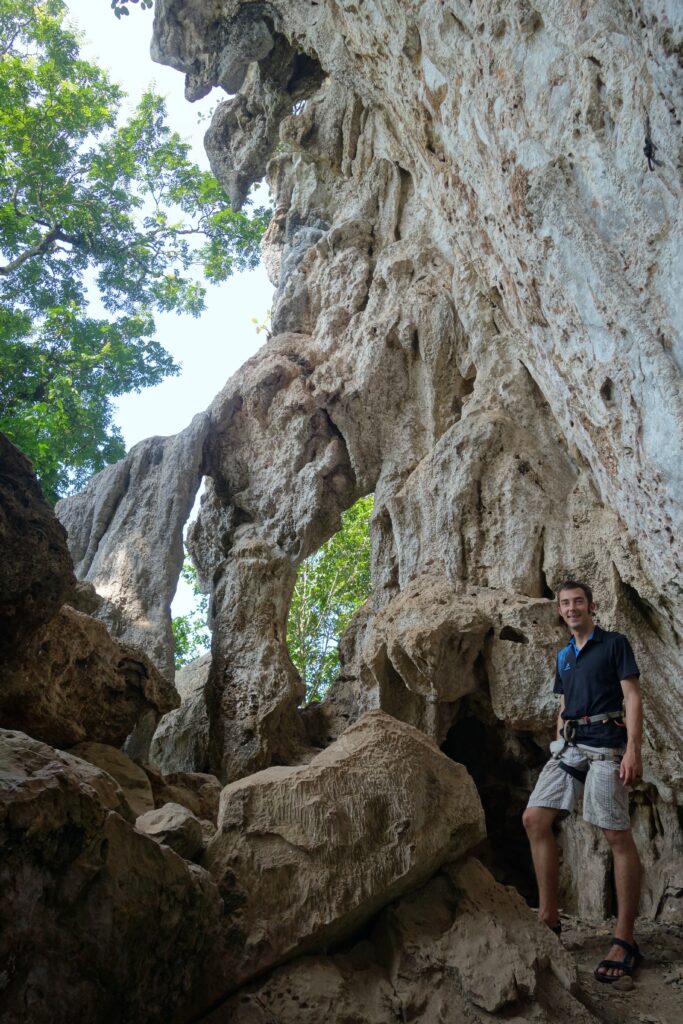
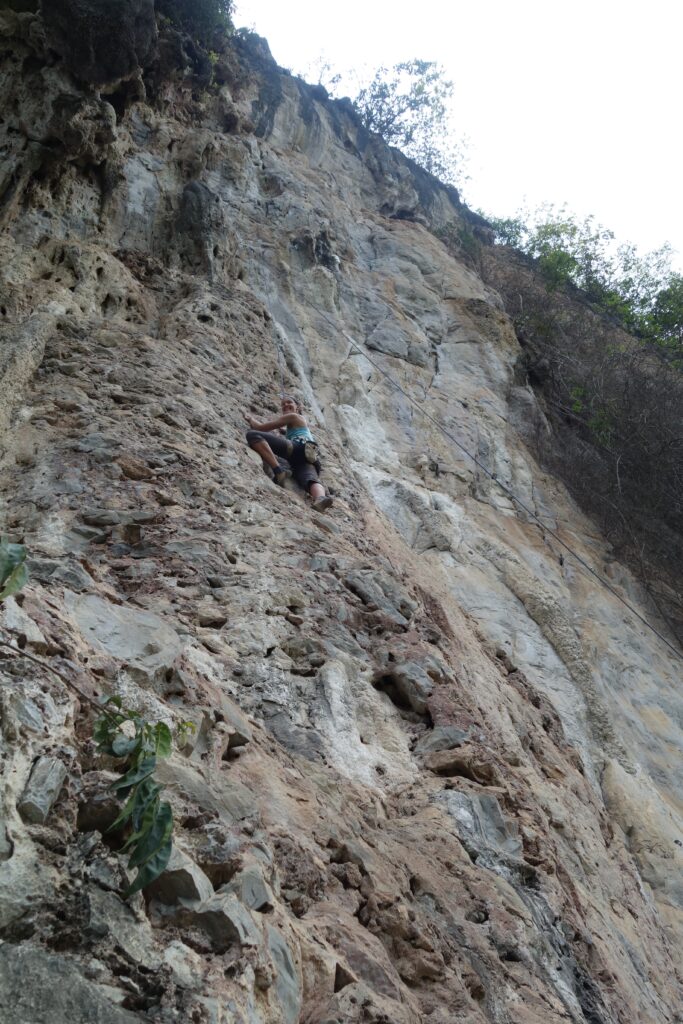

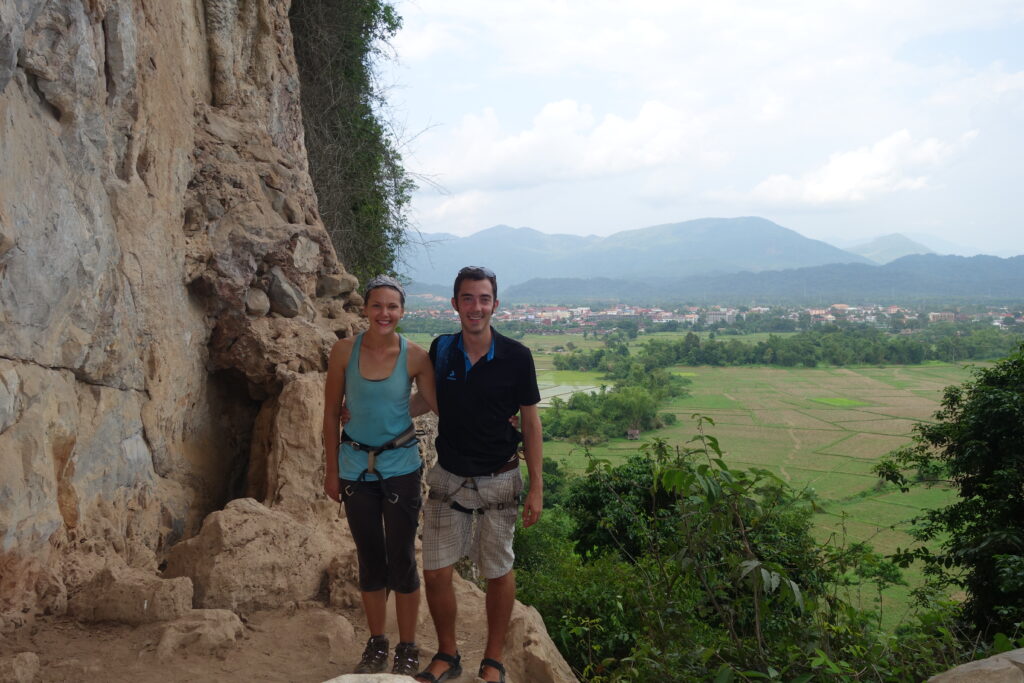
The people
The Lao culture fosters a concept of muan or “happy contentment” which encourages people to enjoy life and to keep their pace of life steady, comfortable, and hassel-free. We have noticed that Lao people are kind, happy, and relaxed. An environment where this attitude is particularly noticeable is the local markets (side note: the markets were great in Laos with good quality local products). We were never hassled, given a sob story, or scammed. When I approached a stall, the vendor would say “saibaidee” (hello) and then let me look. The vendor would usually try their best to be helpful and show me more colors or varieties of the item I was interested in. If I didn’t intend to buy I would say thank you and they would respond with a smile, “thank you”, and ” goodbye”. I didn’t even have to barter; the vendor would do all the work for me. She would quote a reasonable price and then immediately give a better price or ask what I wanted to pay. I once agreed to buy something for 50¢ (which was already an incredibly cheap price for a hand made item) and then decided I wanted two. The vendor gave me the second one for 10¢ without me ever asking for a better price. Even the Tuk Tuk drivers were reasonable and took “no” for an answer. Although, not every person we interacted with was noticeably kind, almost everyone was relaxed.
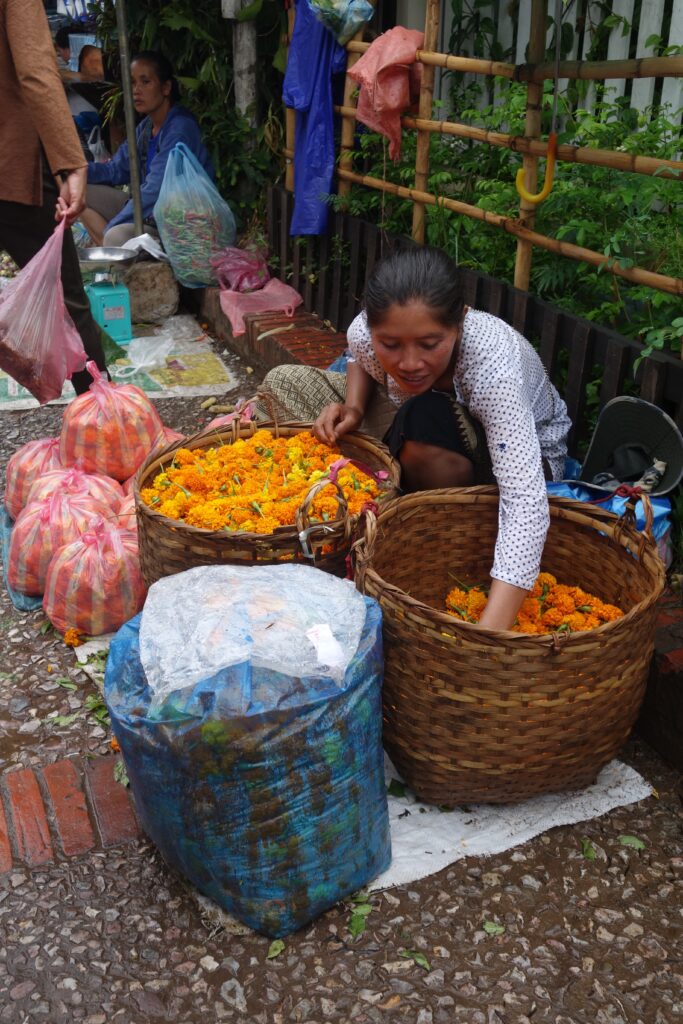
We also met these super nice guys (three brothers from Vientiane) who were vacationing in Vang Vieng. They offered us a ride when we were walking on the side of the road. Even though their English was limited, they ended up hiking with us and then inviting us to have lunch with them (which they insisted on paying for!) and go kayaking with them. (Disclaimer: they are originally from China, presumably with one Lao parent and one Chinese parent, so it isn’t necessarily the Lao culture that made them so awesome).
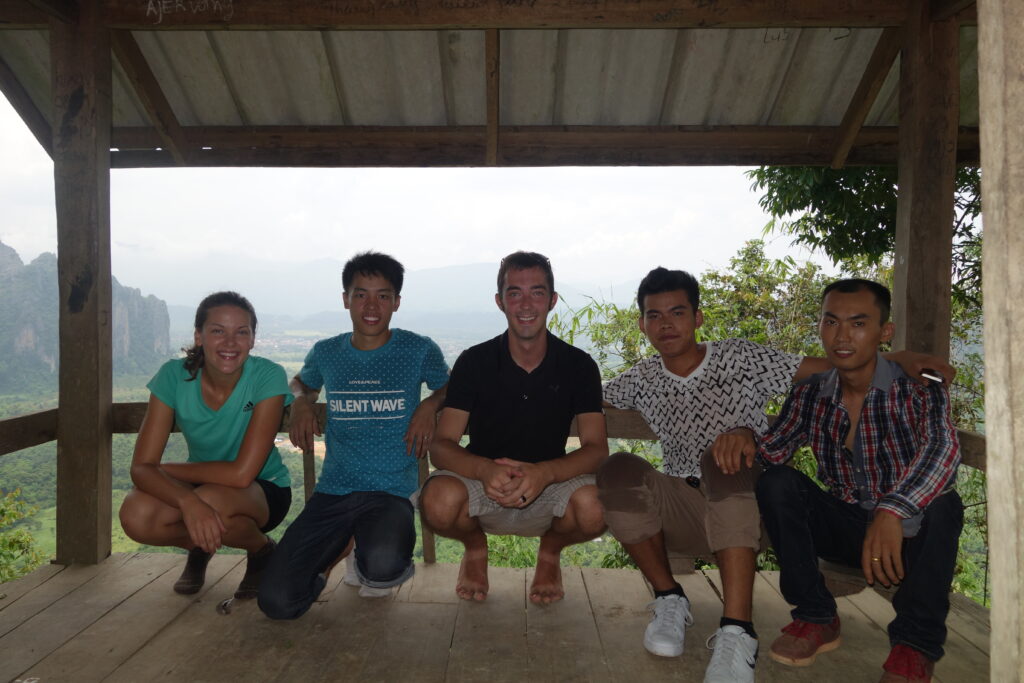
The infrastructure
The sidewalks and roads were (usually) in decent shape with regular trash bins along the roadside. We were just happy to have a sidewalk to walk on! We didn’t see much garbage either, so presumably there are employees who clean up the streets.
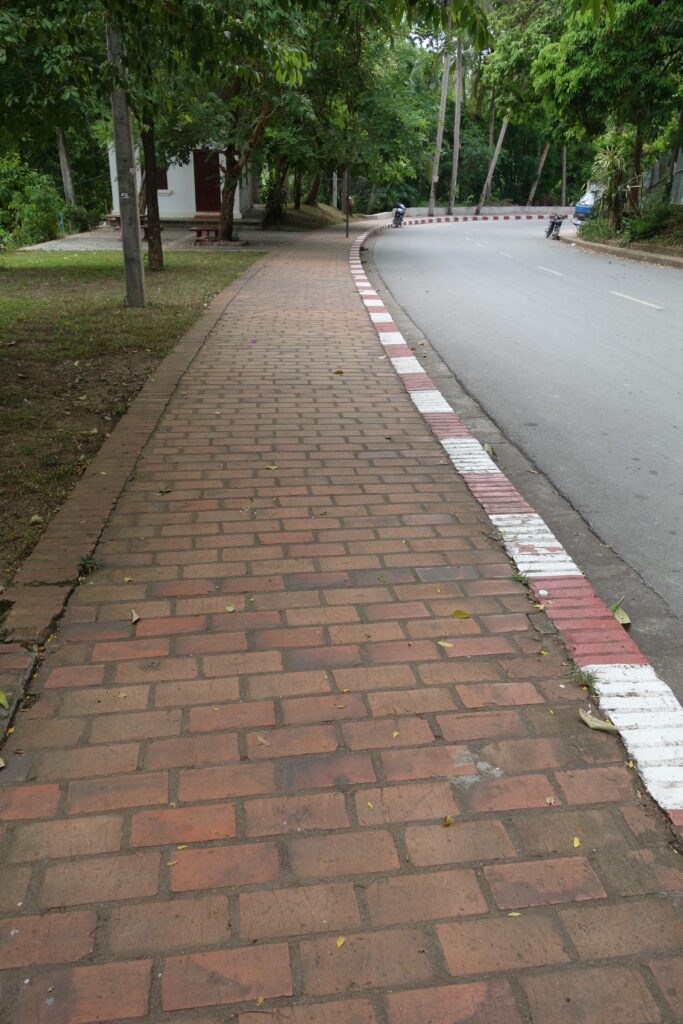
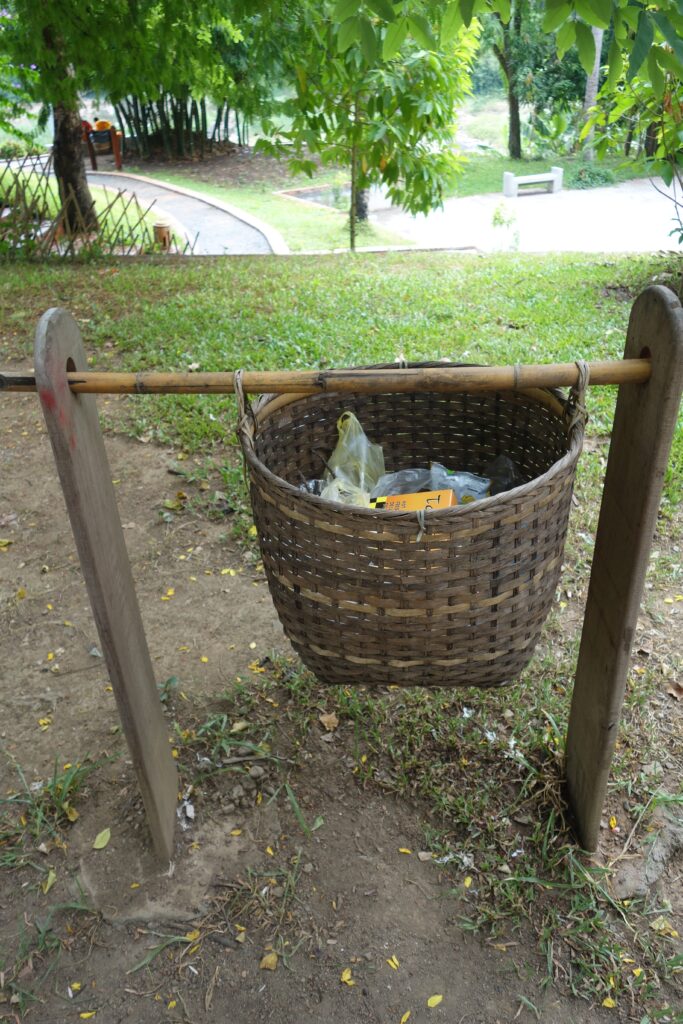
The coffee
Lao coffee is similar to Vietnamese coffee; it is strong, sweet, and chocolatey. This is again due to the primary use of Robusta coffee beans (stronger and more bitter). Like Vietnamese coffee, the strength and astringency is cut with a generous serving of sweetened condensed milk. Both Robusta coffee and Arabica coffee are grown in Laos, but less of the Arabica (weaker, less bitter) variety is grown and it is reserved to be made into espresso blends. Coffee was introduced by the French in the early 1900’s and since then has become is one of Laos’ main exports. Thanks France!
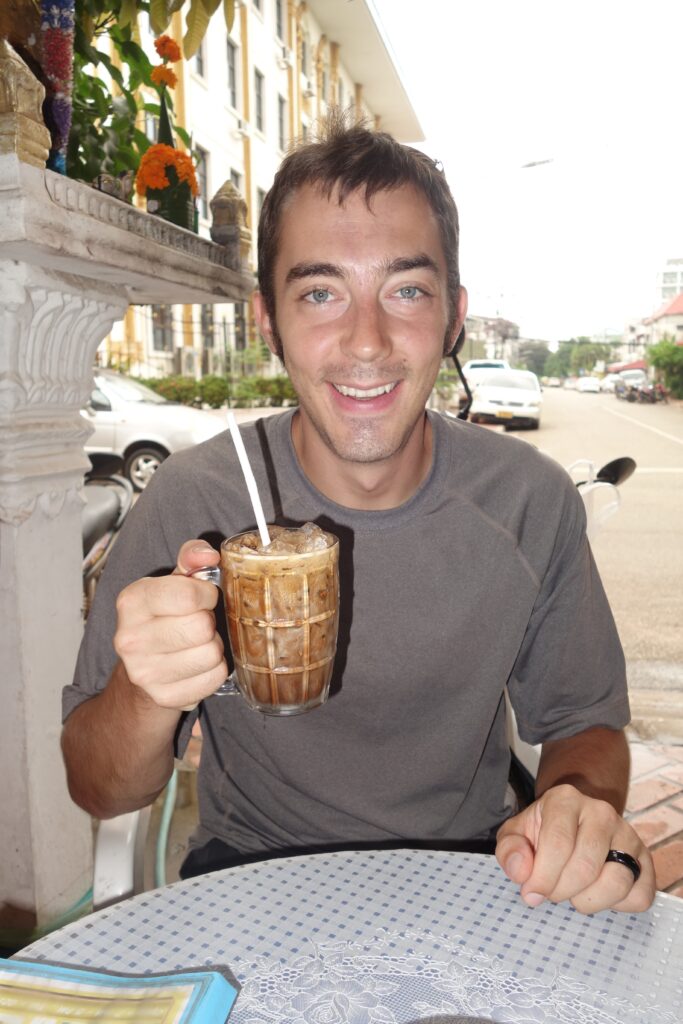


The bread
Due to the influence of French colonialism, baguettes and crossaints are popular breakfast items. Not only are these baked goods well executed and usually freshly prepared in the morning, they are also warmed over a charcoal grill before serving.
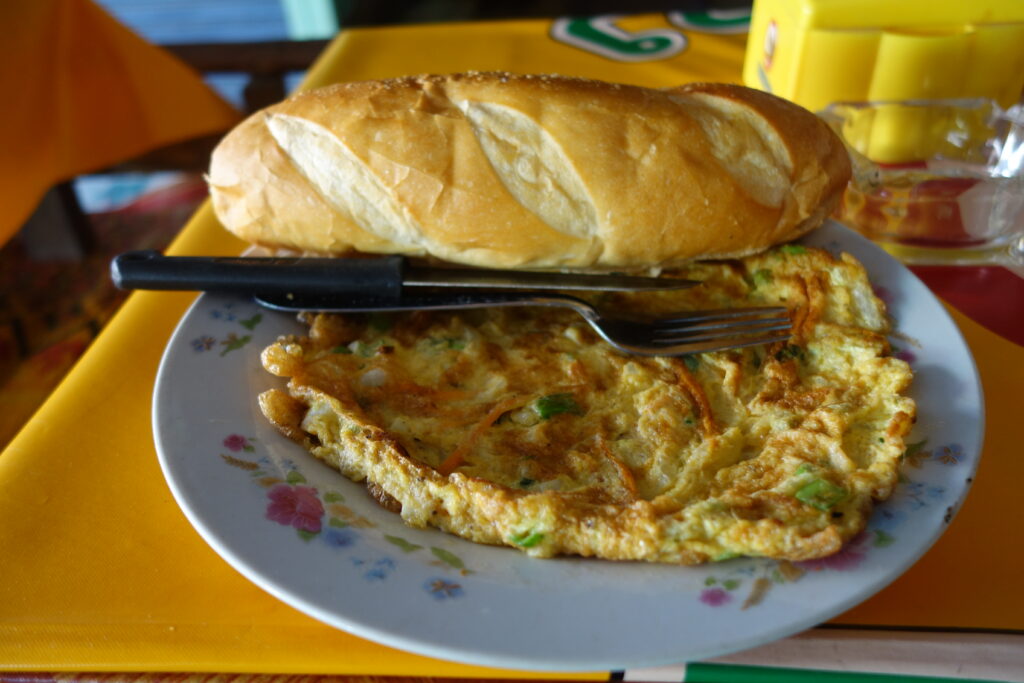
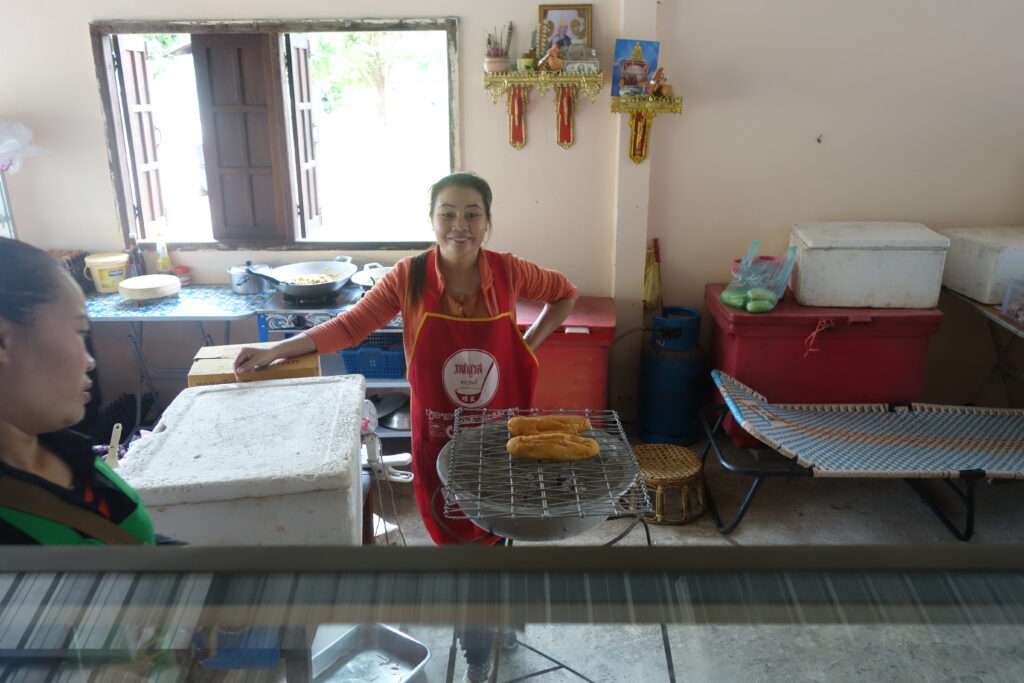
(Almost) No western fast food businesses
Until very recently, there have been no Western fast food chains in Laos. Our experience (of not seeing any Western fast food businesses) was really nice. We were sad to hear that this is now changing; local establishments will now be competing with crappy international brands. In March of this year, Swenson’s and The Pizza Company began opening stores in Vientiane. KFC was short to follow, and opened in June. According to an article in the Vientiane Times, the locals are optimistic about the entrance of international food chains. Regardless, we are happy that we experienced Laos without fast food chains.
The Bad
UXO
Laos is the most heavily bombed country per capita in history. During the Vietnam war, from 1964 to 1973, over 2 million tons of ordinance were dropped on the country. Up to 30% failed to detonate and remained in the country after the war. Approximately 80 million bombies (unexploded bomblets) remained after the war and 25% of villages in Laos are still contaminated with UXO today.
In the post war period (from 1973- 2011) 20,000 people have have been killed or injured from UXO. If you include the war years, that number jumps up to more than 50,000 people. Unfortunately, 41 out of 46 of the poorest districts in Laos remain contaminated. Despite knowledge of the risk of collecting UXO for scrap metal, many people are poor enough and can make enough money collecting scrap that they knowingly search out scrap metal from ordinance to sell. As a result, 1/4 of UXO injuries occur to people involved in the scrap metal business. Furthermore, many children take up this enterprise (because it makes decent money and costs very little to get a metal detector), not understanding the risk involved. It is not only those seeking out the metal who are affected though, a person can be at risk if they are simply farming or starting a fire (even in their own homes!). It is heartbreaking to hear the stories of families and individuals who have had their lives turned upside down from UXO. Many of the stories of loss involve the death and injury of multiple family members who were working together or simply sitting around a fire together. (The heat from the fire can set of UXO buried in the ground underneath.)
Luckily, there are organizations which are doing a great job decontaminating areas, strengthening outreach to children and others at risk, and providing medical help and subsidies to those in need of treatment (surgery, occupational therapy, prosthetics, etc.) due to UXO related injuries. COPE is one of these organizations; they have a free visitors center in Vientiane where we learned all about UXO and how it has and continues to affect the people of Laos. The U.S. still has not signed the 2008 Convention on Cluster Munitions which would not only disarm cluster munitions, but also provide assistance to cluster munition victims; if you feel shitty about this and want to do something to help, you can donate to COPE. And speaking of terrible weapons the U.S. refuses to ban, we also haven’t signed the international treaty to ban anti-personnel landmines.
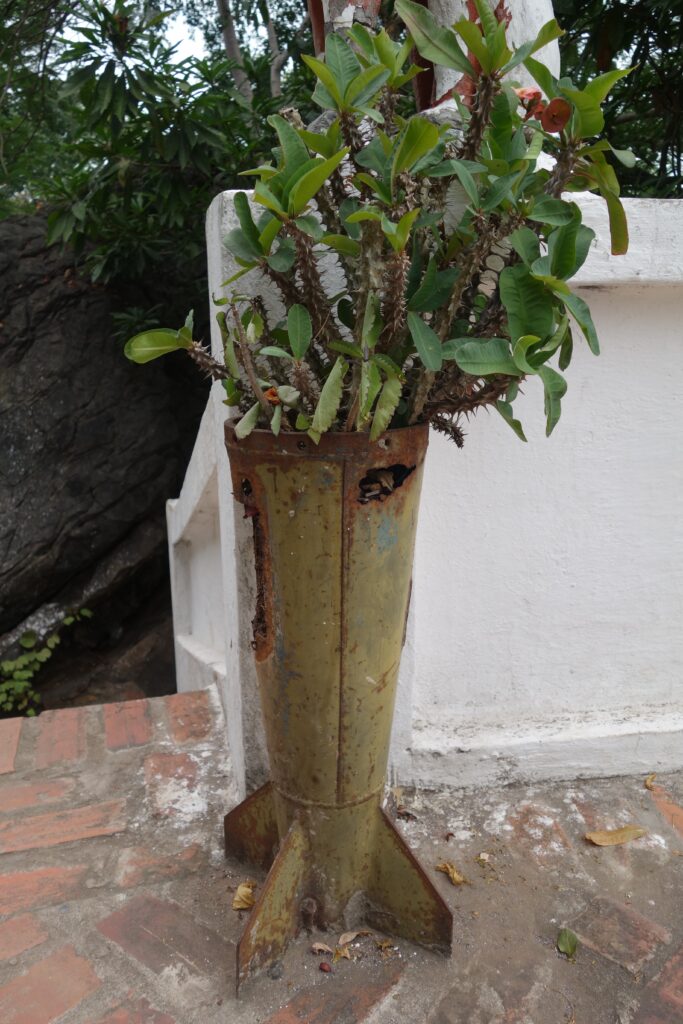
The infrastructure
Yes, I did already claim that the infrastructure we experienced was “good”. But a distinction needs to be made. The infrastructure in the heavily trodden areas we experienced as tourists was really great! Unfortunately, the same cannot be said for the infrastructure as experienced in the daily life of the locals. We heard first person accounts of the failure of local hospitals to provide basic care. For example, the local hospital in Vang Vieng does not carry any anti venom for poisonous snake bites (which is a serious concern for locals). Our climbing guide told Jon about the poor state of the hospital and the indifference of the doctor (who may only give adequate care if he thinks you will give him a good tip). We also watched a video about UXO in the COPE center where a family told a heartbreaking story about their son who had died after sustaining an injury from a land mine. The family brought their son to two different hospitals, both had neither oxygen nor blood, of which their son was in dire need. The family ran out of time searching for a hospital which had the essential items; and their son lost his life.
In some places in Laos, the lack of infrastructure does affect visitors as well as locals. Vang Vieng is a beautiful town in Laos know for outdoor activities: hiking, climbing, kayaking, tubing, paragliding, and hot air ballooning. While the reputation of the town has improved significantly after a crackdown in recent years, the town used to be notorious on the backpacker trail. Backpackers would go there to “tube” down the river – in reality they only tube about 200m down the river over the course of the day as they go from riverside bar to riverside bar. One of the few bars surviving the crackdown is visible in the photo below. (No, we didn’t participate in this revelry – we were actually kayaking down the river.) Due to their heavy intoxication (apparently these riverside bars also used to sell an assortment of drugs) and giant slides and rope swings into the river, approximately 2 tourists used to die every month from drowning or blunt force trauma. Of the many more that were injured but survived, the hospital in Vang Vieng wasn’t able to do more than wrap them up a bit and send them to somewhere like Vientiane for better treatment. I’ve also read that there were probably many more deaths than reported, but that the local authorities shipped them off to Vientiane first to avoid having to have the death associated with the town.
As aforementioned, the authorities finally cracked down on the intoxicated tubing madness and the town is peaceful and outdoor activity focused again, but from what we saw while kayaking it looks like the tubing crowd is slowly coming back.

Malaria & Co.
According to the CDC, malaria poses a risk to travelers traveling outside of Vientiane. Because of this, we finally had to start taking doxycycline (our antimalarial pills). Not only is it annoying to take a pill every day, especially one which can cause an upset stomach if not taken with food, but we were also not thrilled with the idea of taking an antibiotic for such a long period of time. Oh, did I mention that you have to take the pills for an additional month after you exit the malarial zone?
The presence of other parasites such as schistosoma sp. also spooked us a bit. We refrained from swimming or tubing down the river after reading that schistosomiasis could be obtained in the region and some travelers, though few, have been infected with the parasite after swimming in the river at Vang Vieng.
The Quirky
The food
Lao cuisine is more bold than the food of its neighbors. Common flavors such as sour, bitter, spicy, and pungent are obtained by liberal use of galangal, chilies, tamarind, fermented fish sauce, kaffir lime leaves, and other unique herbs and spices. Many of the dishes in Laos are similar to dishes found in neighboring countries; the difference is the unique use of herbs and spices. The cuisine also includes more varied consumption of wild game and insects. A few interesting items which can be found at a Lao market are: live bee larvae (served warmed over a fire), squirrels, small birds, and frogs. Many protein items consumed in Laos would not be used as food items elsewhere in the world. A more detailed explanation of a few food items coming in the next strange food post!
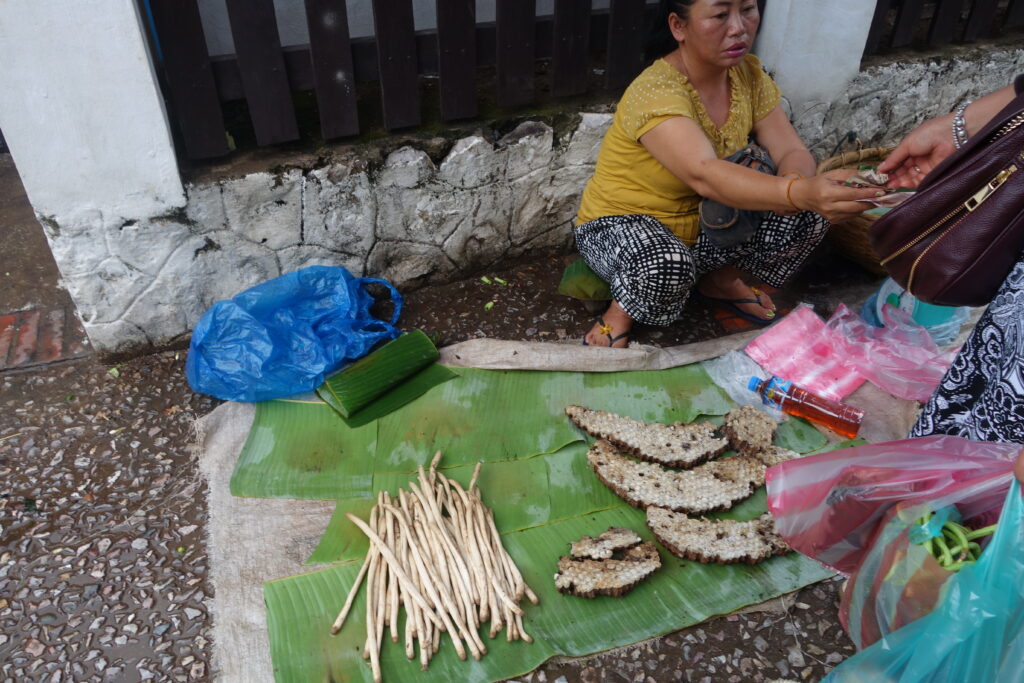
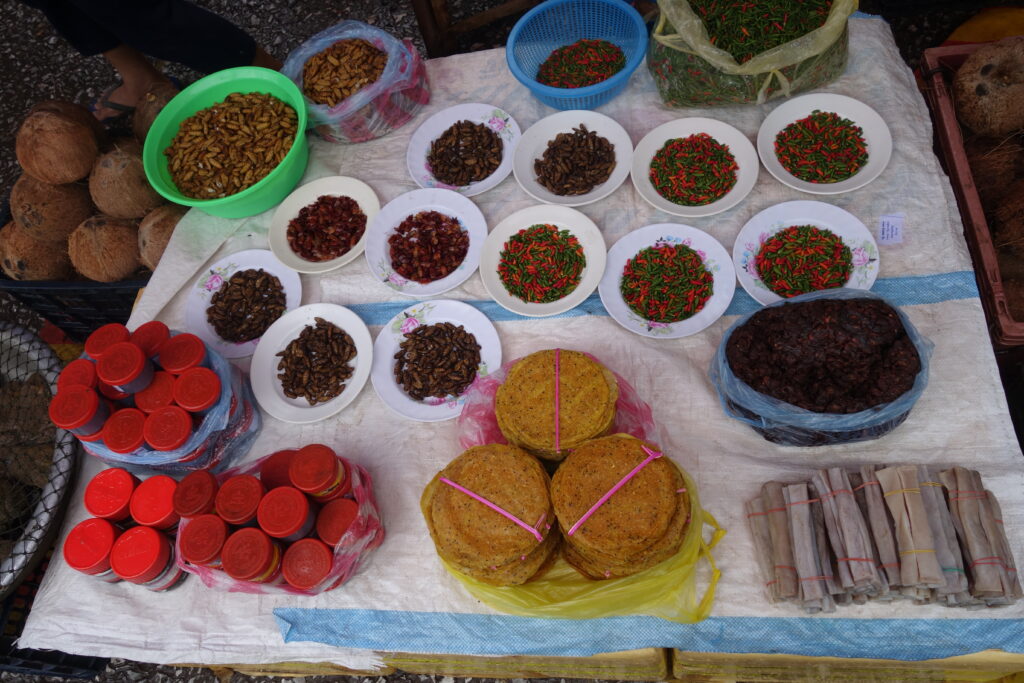
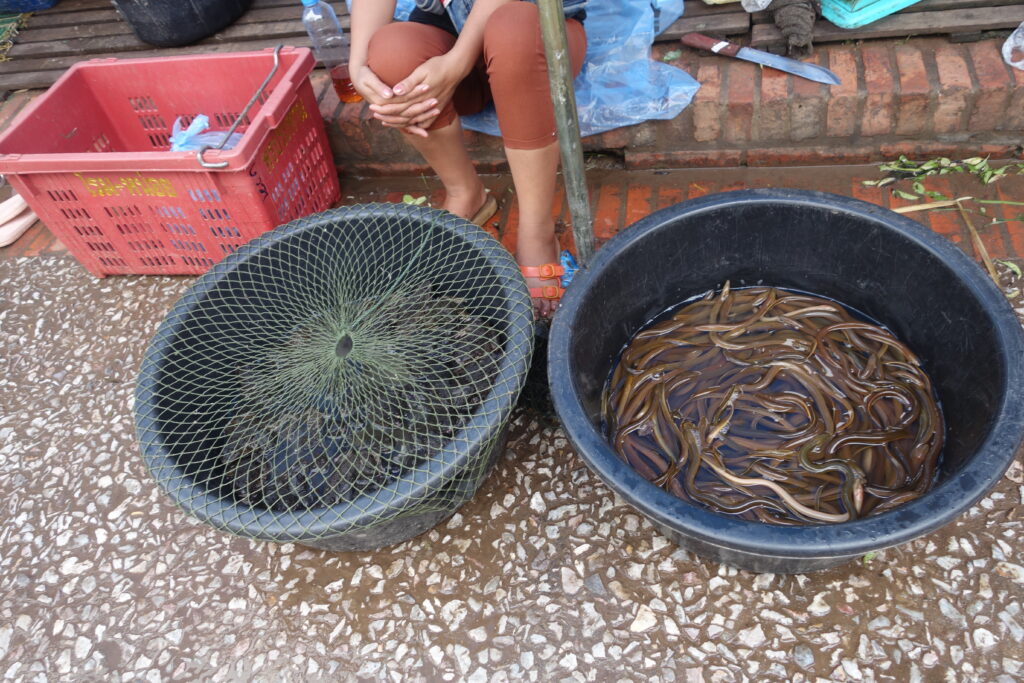
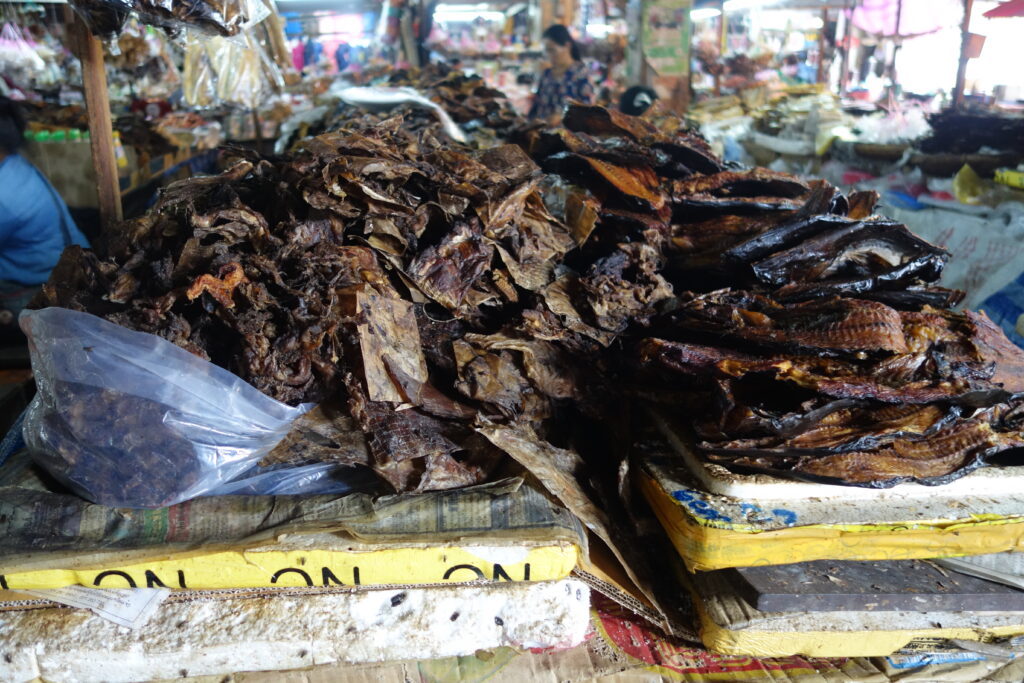
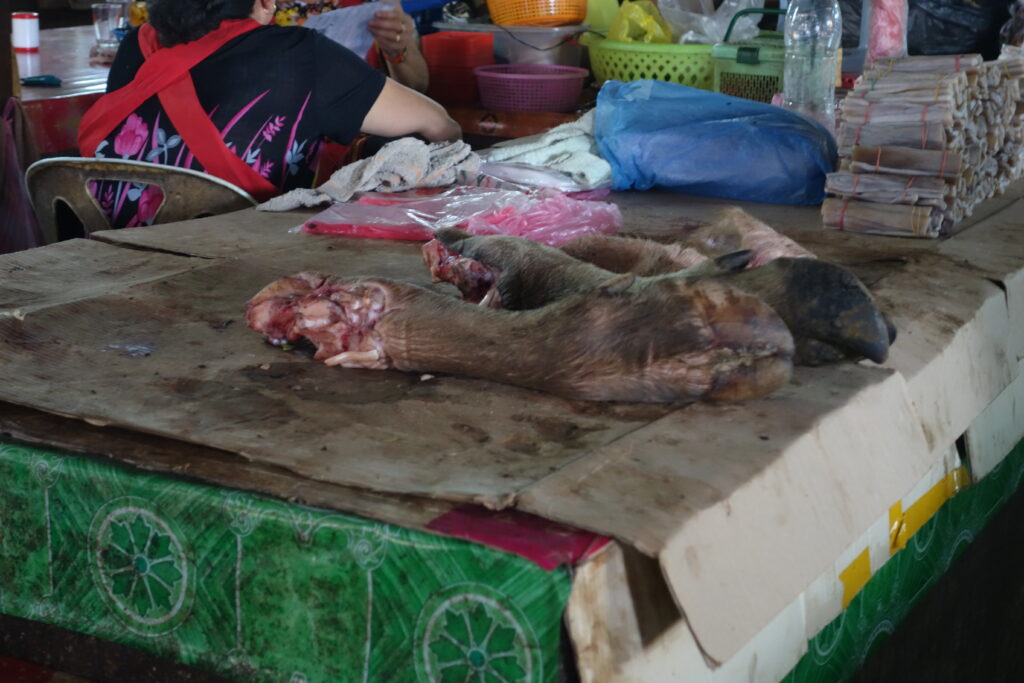
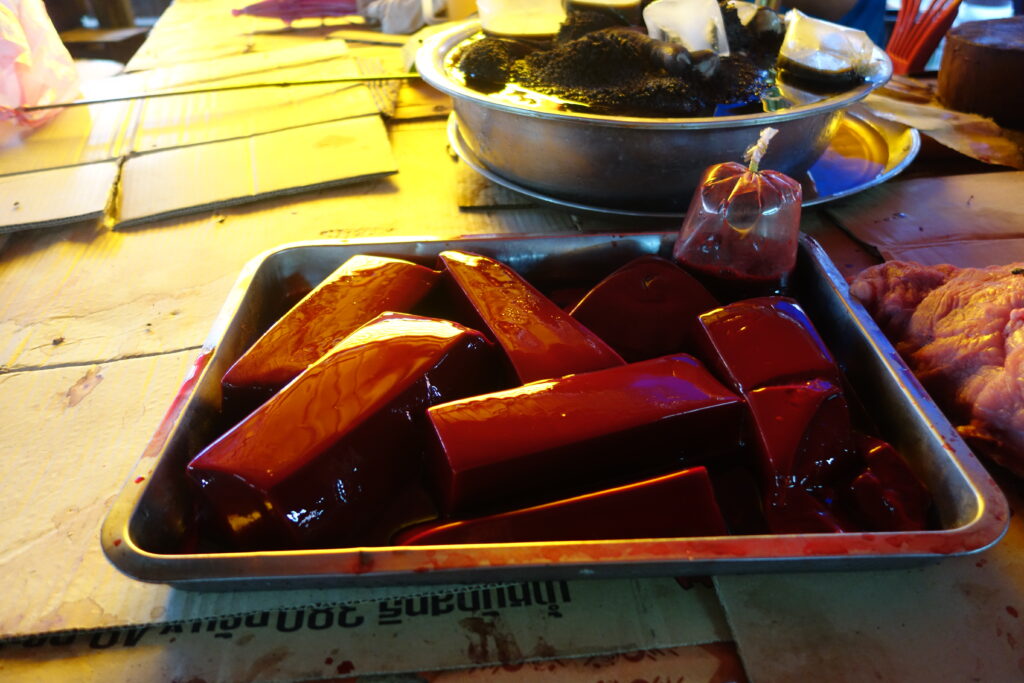


In Summary
To summarize, Laos is a beautiful country with a ton to see and do and a good tourism infrastructure (on the well-tread path, anyway). Unfortunately, the weight of the bad qualities weigh disproportionately on the citizens of Laos.
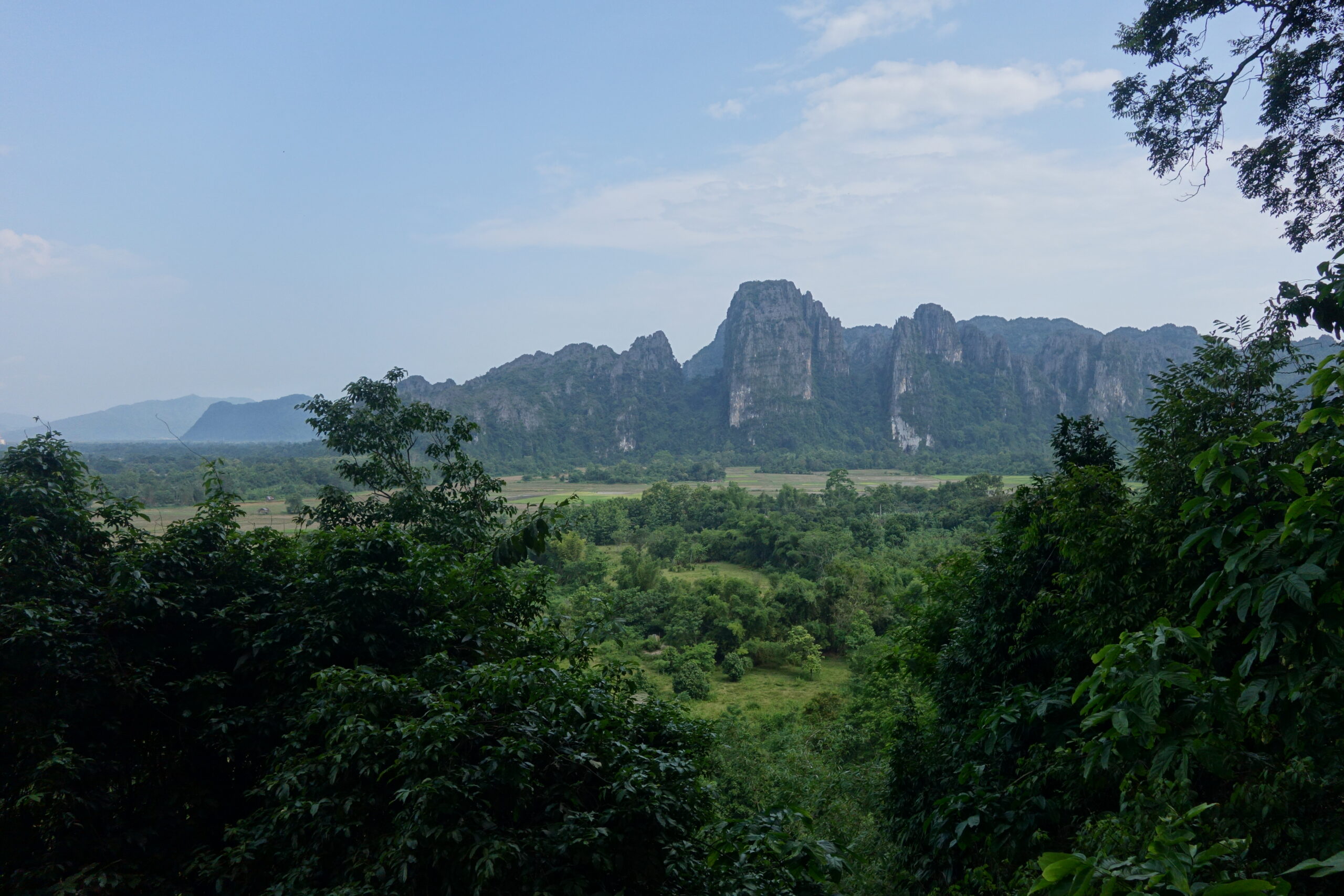
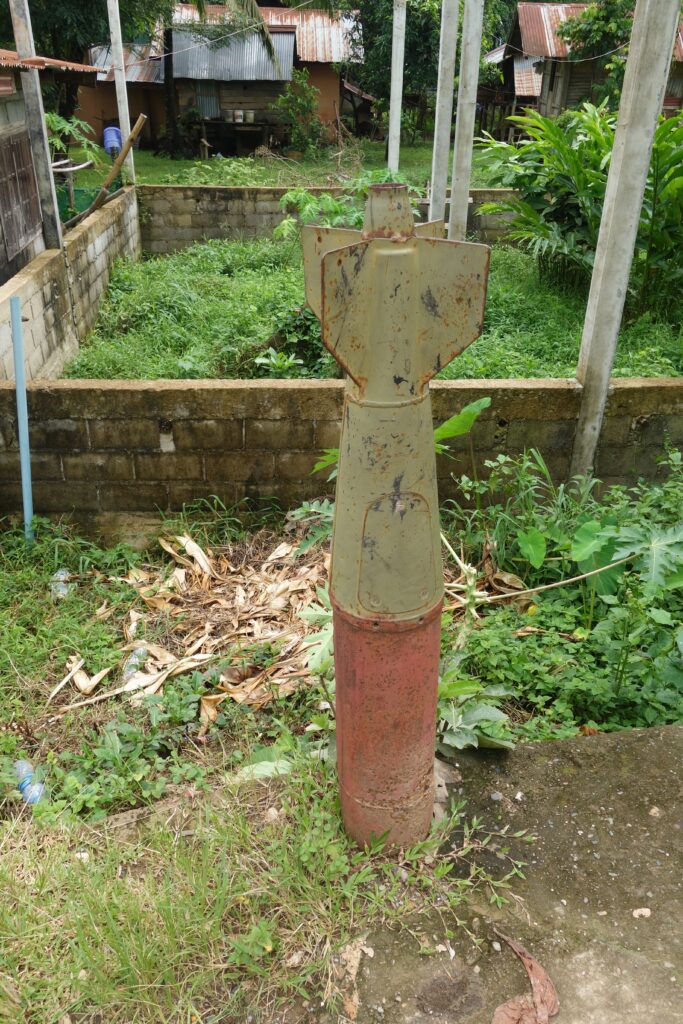

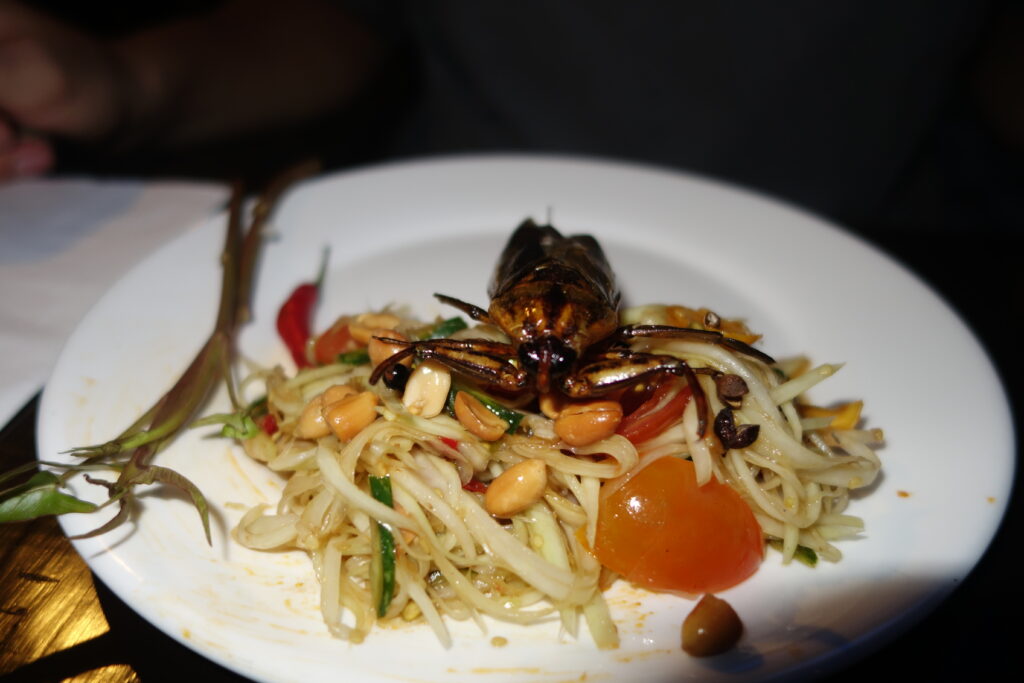
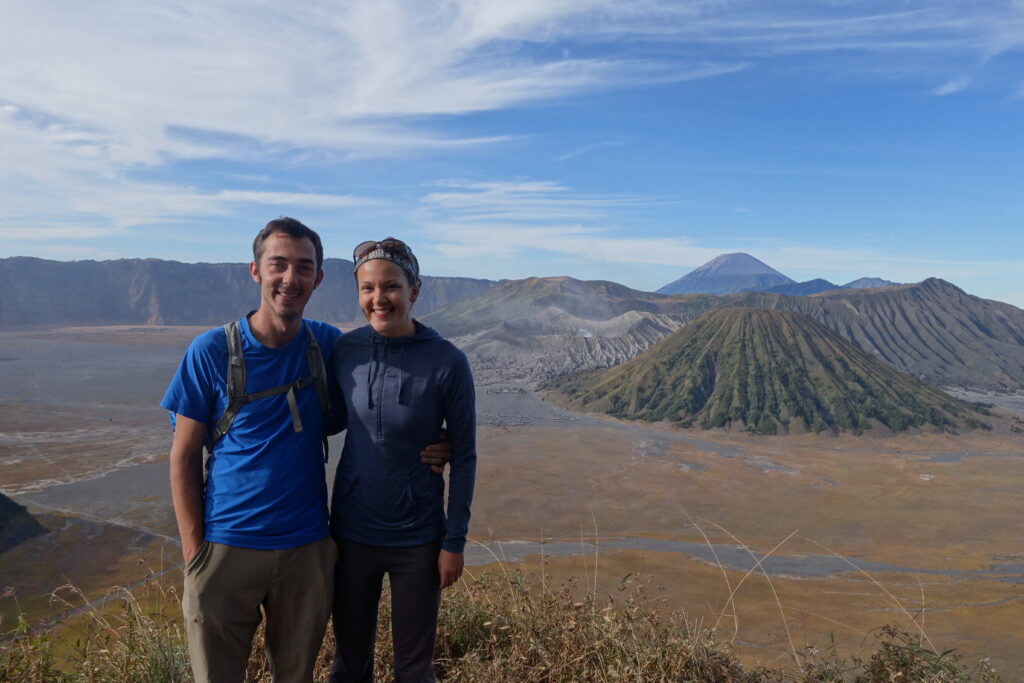
jon, your sandal tan is out of this world!
I’ve been working hard on cultivating it!
Yes, Katie, the sandal tan was the first thing I saw, too. However I wasn’t sure if it was tan or multiple layers of dirt and grime.
We’ll have some pictures of a dirt and grime “tan” coming up in our Indonesia blog post…